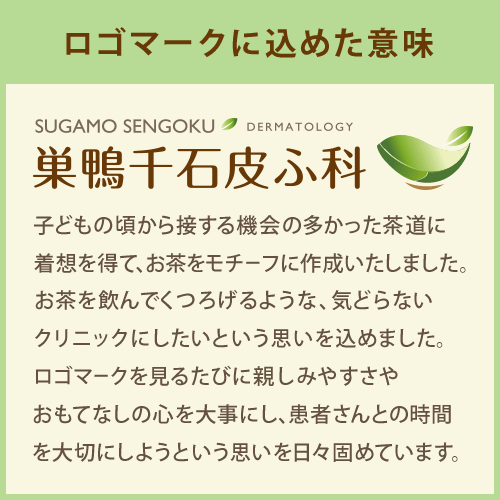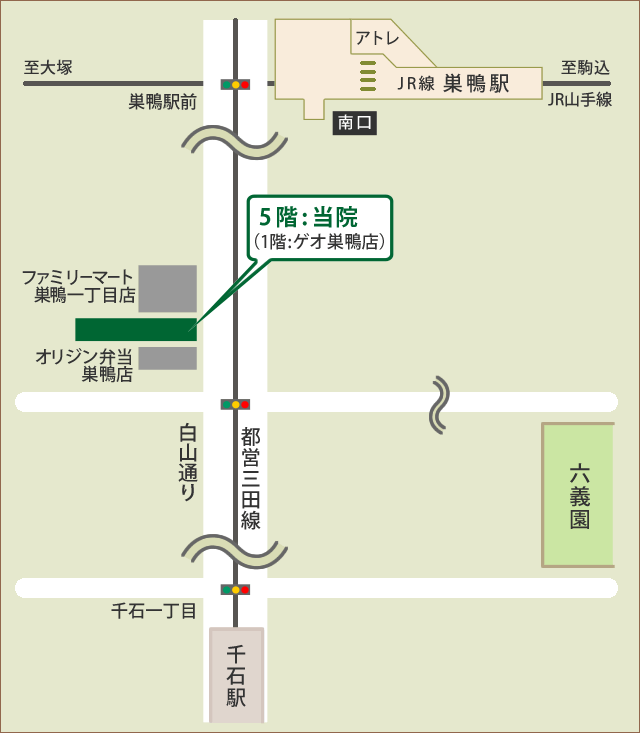What are steroids?
Steroids are a type of hormone that is produced in an organ called the adrenal gland. They are used in the treatment of various diseases because of their ability to reduce inflammation when administered. Steroid medicines are available in various forms, and topical steroids are often used in dermatology.
Effects of Topical Steroids
The most important effect of topical steroids is their anti-inflammatory effect. Redness and the itching of the skin, associated with atopic dermatitis, eczema, and other dermatitis, are symptoms caused by inflammation of the skin. Dermatologists are able to treat a variety of skin conditions by using topical steroids according to the location and degree of inflammation.
Types of Topical Steroids
There are various types of topical steroids. They are classified according to effectiveness on a scale from 1-5, starting with the least effective: weak, medium, strong, very strong, and strongest.
Topical steroids are available over-the-counter, but they are limited to the lowest three ranks: weak, medium, and strong.
| strongest | Dermovate Diacort |
Clobetasol propionate Diflorasone diacetate |
|---|---|---|
| very strong | Fulmeta Antebate Rinderon DP Myser Visderm Texmeten Nerisona |
Mometasone furoate Betamethasone butyrate propionate Fluocinonide Betamethasone butyrate propionate Difluprednate Amcinonide Diflucortolone valerate |
| strong | Eclar Methaderm Voalla Rinderon-V・Betnevate Flucort |
Deprodone propionate Dexamethasone propionate Dexamethasone valerate Betamethasone valerate Fluocinolone acetonide |
| medium | Lidomex Ledercort Almeta Kindavate Locoid Clymesason |
Prednisolone valerate acetate Triamcinolone acetonide Alclometasone dipropionate Clobetasone butyrate Hydrocortisone butyrate Dexamethasone |
| weak | Predonin | Prednisolone |
How to apply topical steroids
Topical steroids must be used properly or they will not be effective enough.
The 1FTU (one fingertip unit) is used to describe a method of applying topical medications. Following this method would mean applying ointment equivalent one finger joint to an area of two palms of the hand. For lotion, this would be about 0.5 grams, or approximately the size of a one yen coin. The proper amount to use should feel sticky when applied.
In some cases, only a small amount is applied in a thin layer due to concerns about side effects, but this can lead to prolonged symptoms and ineffective treatment.
Dosage Forms and Usage of Topical Medications
There are several dosage forms for topical skin medication available. These include ointments, creams, lotions, gels, sprays, tapes, and shampoos, each of which can be used differently depending on symptoms and location.
Ointments are versatile and can be used for any skin condition. Although they may feel sticky, they also have a protective effect on the skin.
Creams spread easily and penetrate well, but are more irritating than ointments. They are more suitable for cracked lesions.
Lotions have the disadvantage of being smooth and is thus, easily washed off, but they are more suitable for use on such areas as the scalp. Gels are less permeable to the skin and can be applied without the feeling of stickiness. Sprays are easy to use on the back, where it is difficult to reach.
Tapes are adhesive patches applied to the skin. It is easy to use on cracked fingers and insect bites.
Shampoos are easy to apply to the entire scalp and wash off after a certain period of time, so side effects are unlikely to occur.
Differences in effect of topical steriods based on site of application
Steroids are known to be absorbed at different rates in different parts of the body. However, continued use of strong steroids in areas that absorb easily can lead to side effects, so different steroids are used depending on the location where the topical medication is used.
Given that the absorption rate of topical steroids on the arm is set at 1, the scrotum absorbs at a rate 42 times higher, and the cheek 13 times higher. Consider either lowering the potency of the topical steroid or using non-steroidal topical medication on areas where the skin barrier is weakened, or with the elderly or children who are prone to better skin absorption.
![]()
画像提供:第一三共ヘルスケア「くすりと健康の情報局」
Diseases that should not go with use of steroids
Steroids can decrease the immune system. Therefore, topical steroids should not be used on skin lesions that are infected with bacteria or fungi.
In addition, steroids should not be used when diagnosed with eczematous otitis externa, a condition in which the eardrum is ruptured. This is because with the use of steroids, there is a risk of slow healing and infection. Also note that topical steroids should not be used with skin sores (ulcers), burns, and frostbite.
Side Effects of Topical Steroids
When we think of steroids, we may think of side effects such as diabetes, stomach ulcers, moon face, obesity, and other systemic illnesses and appearance-related problems. Another side effect of steroids is a weakened immune system and increased susceptibility to infections throughout the body.
However, the side effects of steroids that are commonly thought of as “scary” are those that appear with long-term use of oral steroids or injections and are unlikely to occur with topical steroids.
Topical steroids may cause localized side effects, on the area of the skin where the topical steroid is applied, rather than systemic side effects. Specifically, these side effects include the following.
Localized Side Effects
- Steroid acne, an increase in acne caused by application of steroids.
- Steroid flushing, the reddening of the skin due to the thickening of skin capillaries.
- Skin atrophy, the thinning of the skin
- Hypertrichosis, an increase in growth and thickness of hair
- Skin infections, by bacteria or fungi
These are some of the topical side effects of steroids. However, it is said that the use of topical steroids for more than 3 months does not affect the function of the adrenal gland, which produces steroids in the body. Please contact us for more information on how to achieve therapeutic effects without side effects.



















